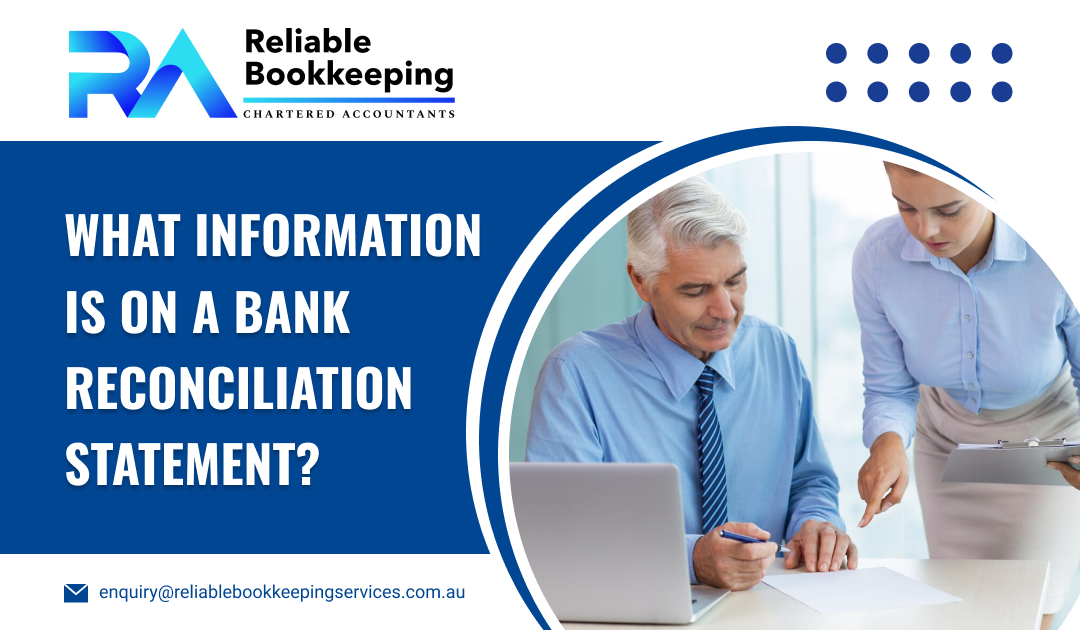A bank reconciliation statement is prepared by a company or a professional bookkeeper that demonstrates its recorded bank account balance matches the records prepared by the company. This statement includes deposits and withdrawals from a specific timeframe. Many companies prefer generating bank account reconciliation statements daily to ensure they have recorded all financial transactions properly and that their ending balance matches the closing balances the bank says it has.
What is recorded in the bank reconciliation statement?
A bank reconciliation statement has a summary of business and banking activity, matching the bank’s account balance against internal financial records. Bank account reconciliation statements confirm that payments have been made and cash has been deposited into a bank account. You can choose bookkeeping for small businesses to ensure you have accurate records that will match the records of a bank.
Why is a bank reconciliation statement required?
Bank reconciliation helps maintain financial records, which are crucial for meeting accounting standards. They also help in detecting fraud and preventing financial losses by revealing fraudulent transactions or unauthorised charges.
- By matching your records against the bank statement, your bookkeeper can quickly detect any errors or fraudulent activities.
- Reconciliation ensures that your company’s financial records are accurate, offering reliable financial reporting. That’s why it is essential to get small business bookkeeping services for your company to ensure financial accuracy.
- By keeping track of your cash flow through reconciliation, a bookkeeper can help manage your cash flow, allowing you to make informed decisions.
- Many businesses reconcile their bank statements as part of their financial auditing and reporting processes to meet accounting and regulation standards
How to do bank reconciliation step by step?
- Before reconciling your bank and business records, collect your company records and existing and previous bank statements.
- Your starting balance must match the closing balance from the previous month. Now, the question arises: what is the closing balance in the bank statement? Well, it indicates the bank balance at the end of the day, month or year. It includes both debit and credit amounts.
- Check your company’s recorded withdrawals, deposits and cleared checks and compare them with those on the bank statement. All the amounts must match with each other, i.e. data recorded by your company must match the bank’s statements.
- In your business books, make sure to mention deposits that are yet to be cleared and checks that you have written but are yet to be cleared by the bank. The final result is the adjusted cash balance that ensures your business books’ balance matches the balance in the bank statement.
- After checking all withdrawals, deposits and cash flow, your business books’ balance must match the bank statement balance. If two balances are not the same, you must check any discrepancies. Your bookkeeper can help you find discrepancies if any. To avoid any kind of errors, it is suggested to receive help from a professional bookkeeper.
How often should you do a bank reconciliation?
The frequency of bank account reconciliation can vary depending on your company’s specific requirements. Some businesses reconcile their bank statements monthly after getting their monthly bank statements. However, businesses with high financial transactions or increased fraud risk may need to reconcile their bank account statements more frequently. You can reconcile your bank statements as per your business’s unique requirements and financial activity.
When you get help from a bookkeeper, you can be sure that you will have organised and detailed records that will include receipts, invoices and bank statements. With accurate and detailed financial records, it will become easy to reconcile your bank statements. As a result, it will be easy for small business tax accountants to use information collected by a bookkeeper to lodge tax returns at tax time.
Conclusion
The blog outlines essential aspects of bank account reconciliation. If you have a bookkeeper by your side, it will become easy for you to reconcile your bank statements. Moreover, despite bank account reconciliation, you can get our Reliable Bookkeeping Services.

